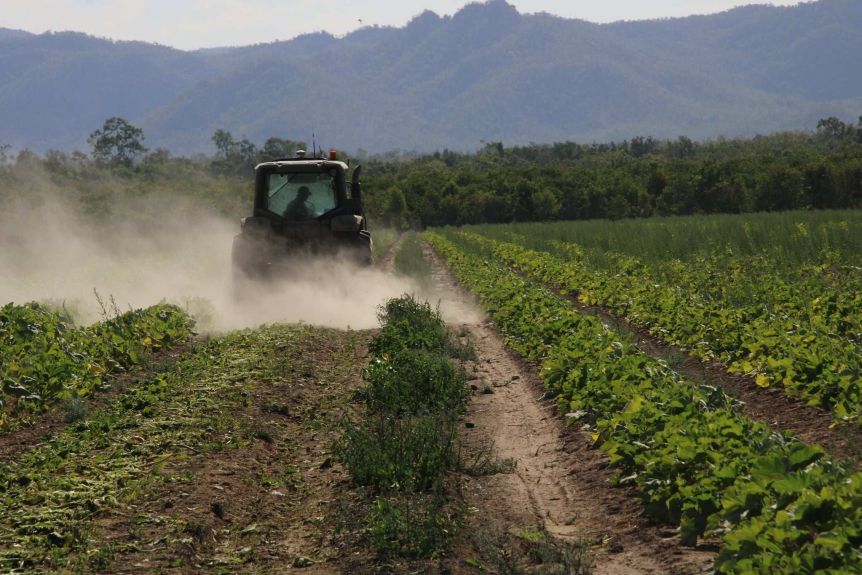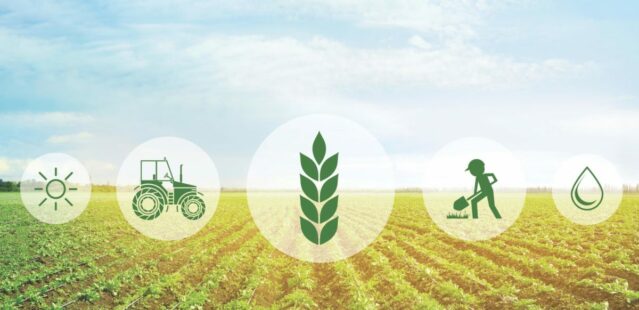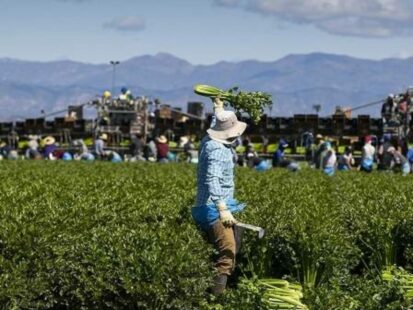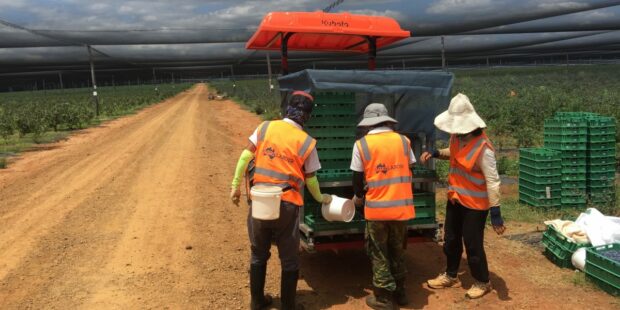
Australian Bureau of Agricultural and Resource Economics and Sciences (ABARES) says while the horticulture industry will suffer significantly from labour shortage, there are some opportunities from high domestic demand.
A senior industry economist at ABARES, Charley Xia, told this week’s Outlook 2021 conference that there are two key factors driving up prices; labour shortage affected by workforce challenges and retail demand. The pandemic forced many Australians to stay at home and the closure of borders. This resulted in reduced labour supply for the sector. While seasonal conditions improved in most growing regions, especially for those in New South Wales and Queensland, there were significant issues in harvesting that produce in order to meet that increased demand. This issue can completely be drawn back to labour shortage. With harvests now moved across to the southern growing regions, during summer and autumn, we are forecasting production losses.

Earlier in the week, ABARES reported that the labour shortage amongst overseas harvest workers, particularly from the Working Holiday Maker program, will result in a forecast drop in fruit production by as much as 17 per cent and vegetable production by around 2 per cent. This drop in production will ultimately impact consumers, with ABARES forecasting prices to increase between 7-29 per cent.
Those prices are expected to remain high in this financial year and into the next. We think that production losses will be most significant right now in late summer and early autumn. This has been informed by farm survey data, showing that the employment of casual and contract labour on horticulture farms. In 2018-19, numbers fluctuated around 80,000 workers per month from July to January before spiking to 120,000 in February. Overseas workers, mainly backpackers were the majority of those employed. Hence, the problem of labour shortage is transforming into a grave hurdle.
He added that with international borders unlikely to reopen in the short term, this is leading to labour shortage and to make up for the losses of these workers in regional areas. This means that the impacts of labour shortages on regions and produce will be felt differently, with the biggest disruptions taking place right now.

According to recent data, the Australian horticultural farming domain employs about three percent of the country’s citizens. However, this field remains one of the most vulnerable ones out of all the professions. Moreover, these injuries are proof of the poor performance and judgment carried out by the agricultural personnel and the safety regulators. AGRICULTURE AND […]
Read More →
Labour shortage is a problem that is plaguing Australia ever since the onset of the pandemic. This is a crucial reason why the Australian government has decided to open its doors for ASEAN workers. In order to carry out this decision, the Australian Government will soon create a seasonal visa that allows these workers […]
Read More →
The ongoing pandemic and the shortage of seasonal workers and backpackers that are arriving in Australia has created a labour shortage for a great deal of Australian horticulture growers. This market is heavily dependent on casual and seasonal labour. Moreover, this is a representation of the majority of the workforce in the Australian horticultural world. […]
Read More →